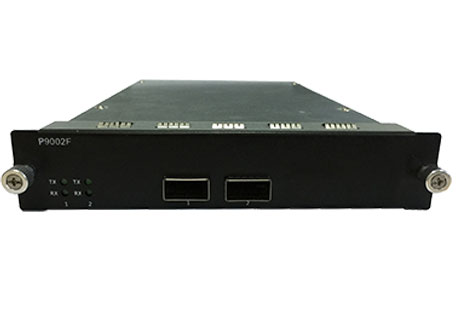With the rapid development of various industries, many projects are inseparable from the ethernet quality tester, such as research and development, production, network maintenance and so on. Ethernet performance testing is roughly divided into the following three types:
First, the network device performance verification test, which is mainly for the performance test of a single device.
Second, network performance testing, which is mainly for testing the entire network application.
Third, custom testing, which may be both for network devices and for network testing.
Four performance tests for Ethernet from Ethernet Continuity Tester Manufacturer
Ethernet testing is most commonly found in the following four performance metrics: throughput, latency, packet loss, back-to-back. The following is a general introduction to these four performance indicators.
1 Throughput (Throughput): The maximum frame forwarding rate when the network does not drop frames.
2 Latency: Includes store-and-forward delay and bit-forward delay.
The store-and-forward delay is the time difference between the last bit of the data frame entering the device and the first bit of the data frame appearing at the end of the output port.
The bit forwarding delay is the time difference between the start of the first bit and the occurrence of the first bit at the end of the output port.
3 Packet loss rate: Frame loss in steady state
4 back to back: indicates burst data processing capability
